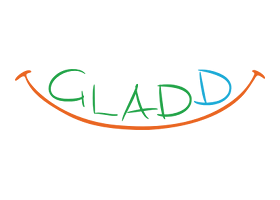Introduction
 Over the past twenty years the lab has focused mainly on language development, sign language in deaf children and gestures in typical and atypical populations. Major focus has been on the continuity between action, gestures and language. We have always attempted to address these topics considering methodologies, which traditionally belong to different research areas: developmental psychology, linguistics, neuroscience, developmental psychopathology and education, encouraging collaboration among disciplines. Furthermore, our research has always been marked by a close consideration of its applied backdrop, strongly enforcing close partnerships between our research team and clinical and educational environments. We employ different methods of data collection: behavioral and cognitive tests, naturalistic observations, questionnaires to caregivers, video analysis and sensor platforms. Some of these instruments have been developed within our lab and are now widespread and often used in screening programs.
Over the past twenty years the lab has focused mainly on language development, sign language in deaf children and gestures in typical and atypical populations. Major focus has been on the continuity between action, gestures and language. We have always attempted to address these topics considering methodologies, which traditionally belong to different research areas: developmental psychology, linguistics, neuroscience, developmental psychopathology and education, encouraging collaboration among disciplines. Furthermore, our research has always been marked by a close consideration of its applied backdrop, strongly enforcing close partnerships between our research team and clinical and educational environments. We employ different methods of data collection: behavioral and cognitive tests, naturalistic observations, questionnaires to caregivers, video analysis and sensor platforms. Some of these instruments have been developed within our lab and are now widespread and often used in screening programs.
Major topics
Linguistic abilities in children across-modalities
Cognitive and language development in typical and in atypical populations (i.e. children at risk for communication and language delay or disorders, children with Specific Language Impairment, children with Down, children with with Williams syndrome, Deaf children). The final goal in this area is to better understand language development processes and their cognitive and social correlates, from a developmental neuropsychological perspective. Our current effort is focused on answering three major questions:
1) What is the relation between non-verbal cognition and language in children?
2) Within language, what is the relation between different components (e.g. lexical aspects and grammar)?
3) How can a cognitive deficit or an auditory impairment affect the development of language?
Verbal and non-verbal communication in children with typical and atypical development: gesture, language and cross-modal abilities
Language is considered a gesture-speech integrated system, and the output systems of speech and gesture may allow us to gain a better knowledge of the underlying brain mechanisms common to both language and motor functions. Our aim is to explore and clarify the nature and the role of gesture in the progression from action to language in children with typical and atypical development. To this scope we have focused on the continuity between earlier preverbal forms and later emerging functionally related linguistic forms in children and on the role of gesture in this process. Our current efforts are focused on answering three major questions:
1. Are different profiles of language impairment accompanied by different patterns of gesture production? Or is there a general pattern of disruption in gesture production that emerges in children with comparable cognitive delays, regardless of their specific pattern of language impairment?
2. To what extent does caregivers’ production of gesture and speech vary in relation to the child's cognitive status, developmental level, and language ability?

